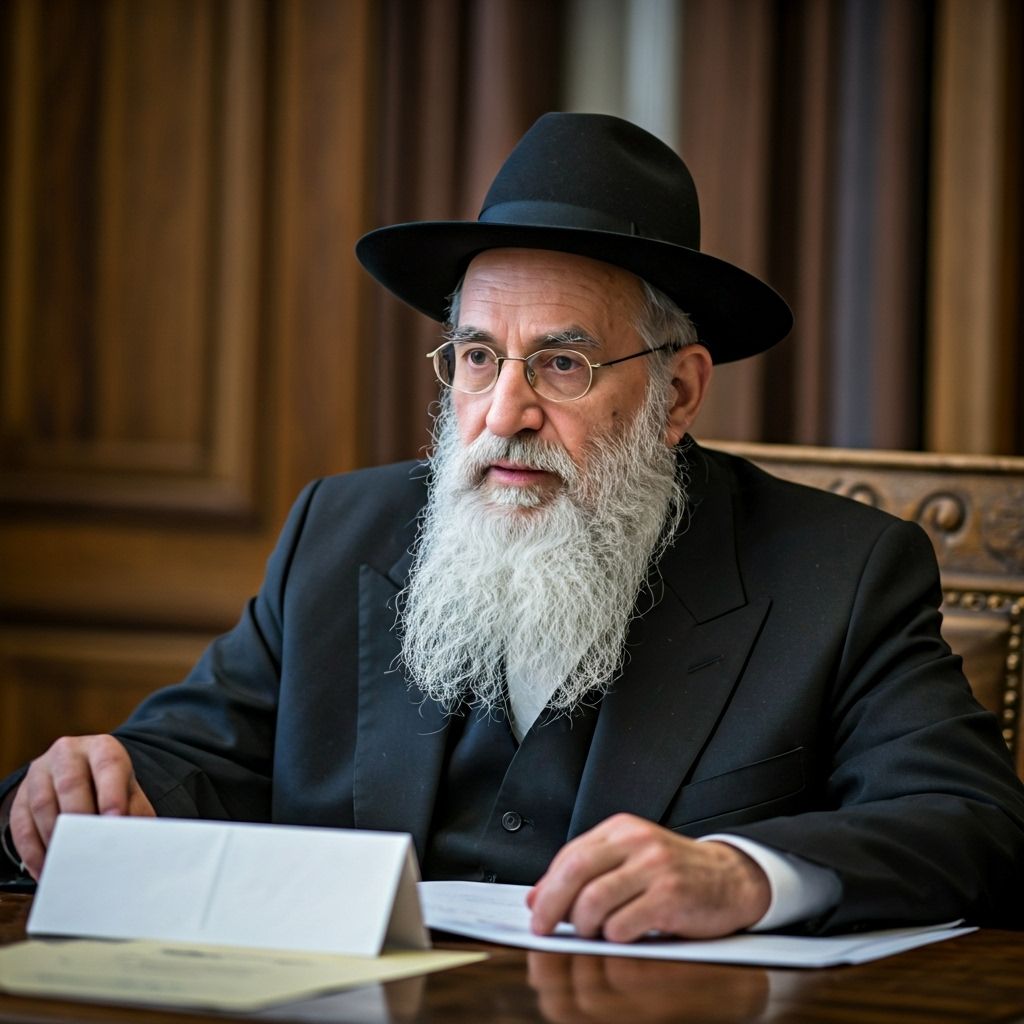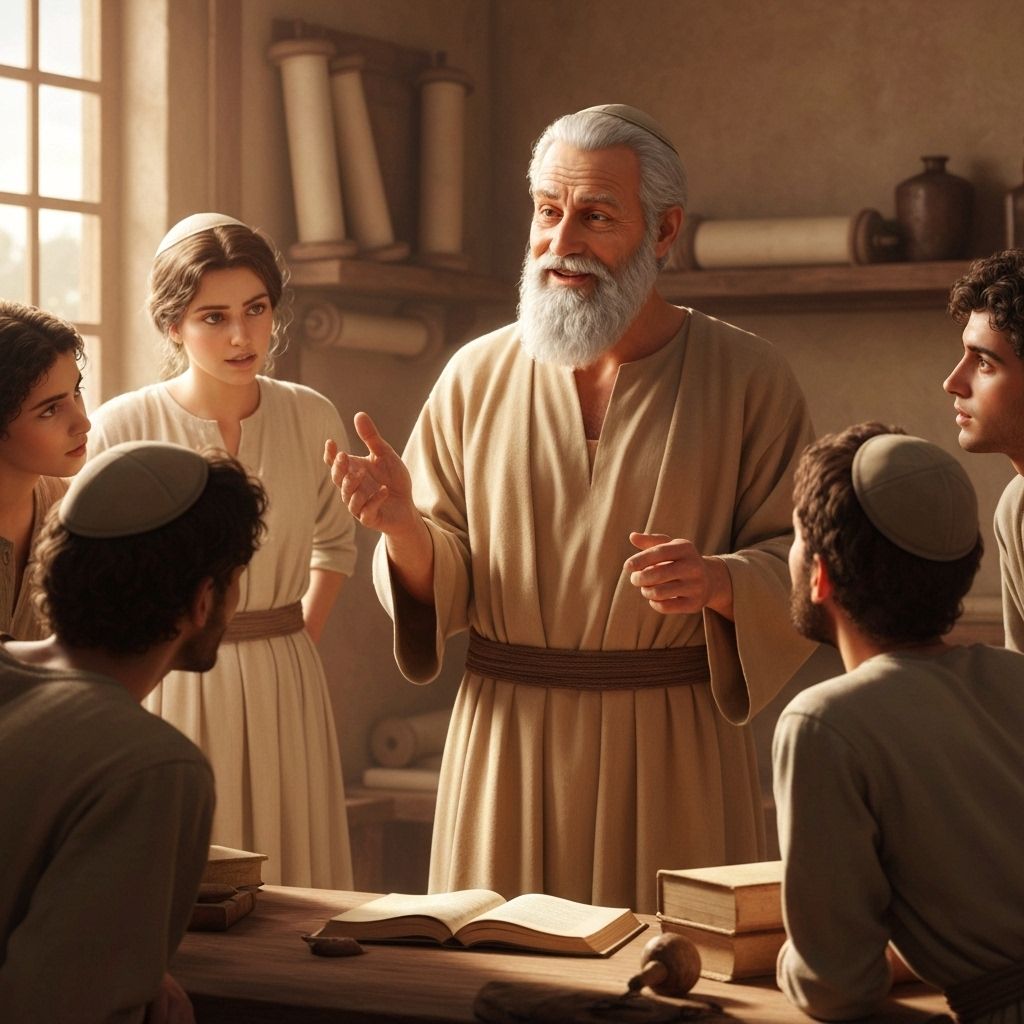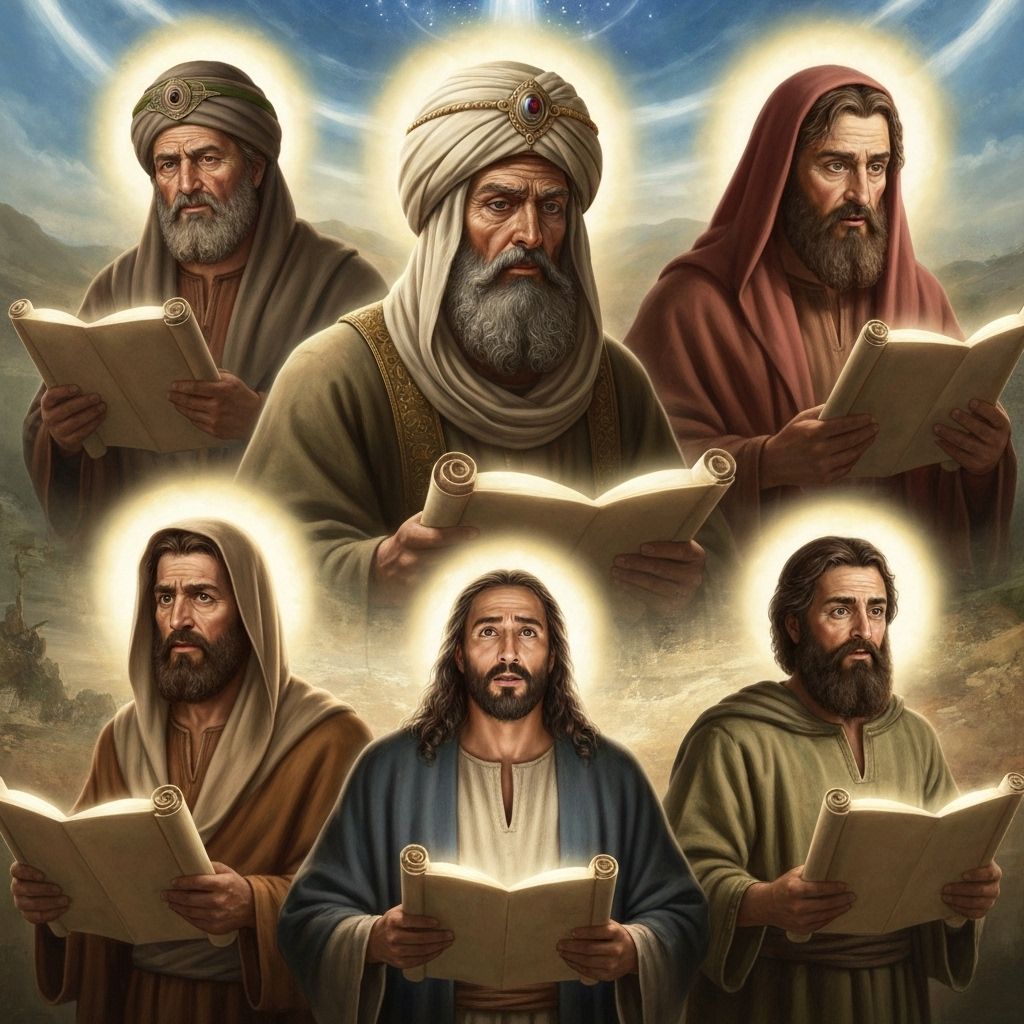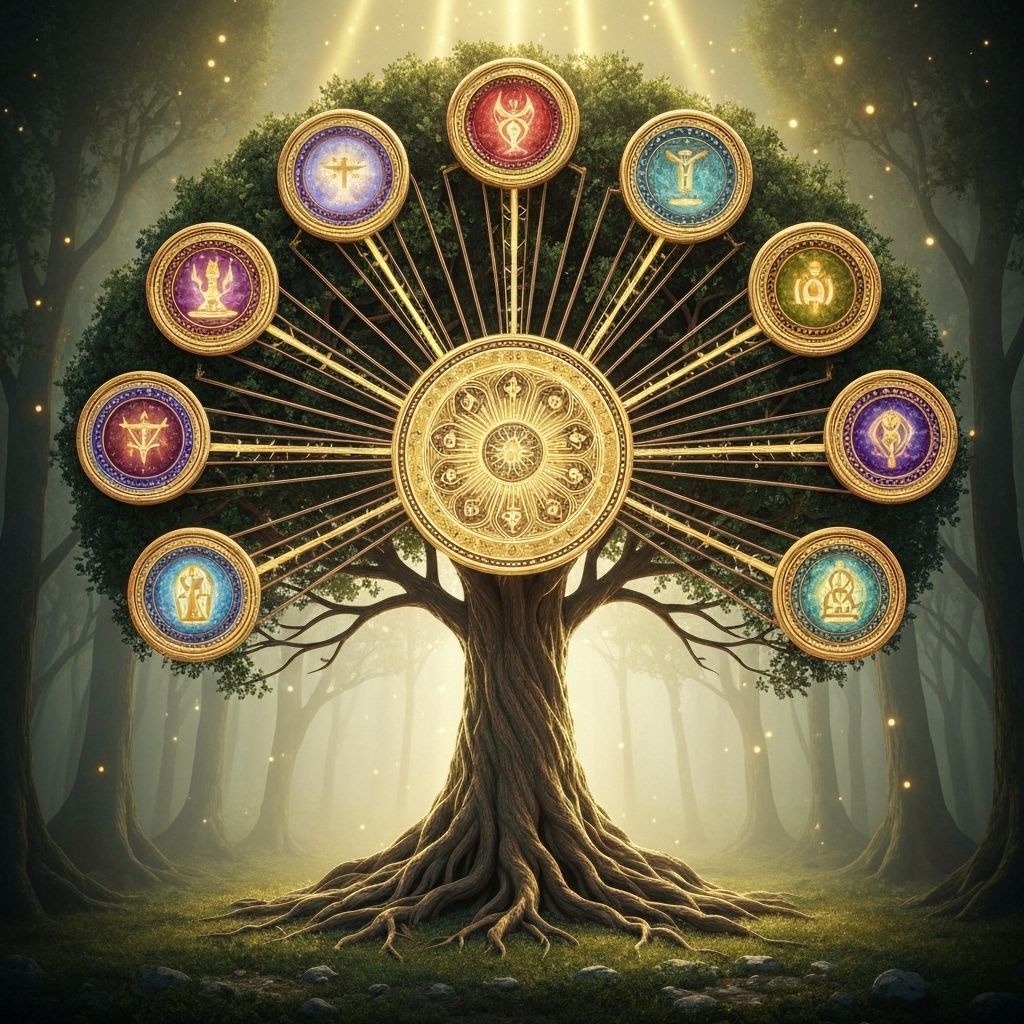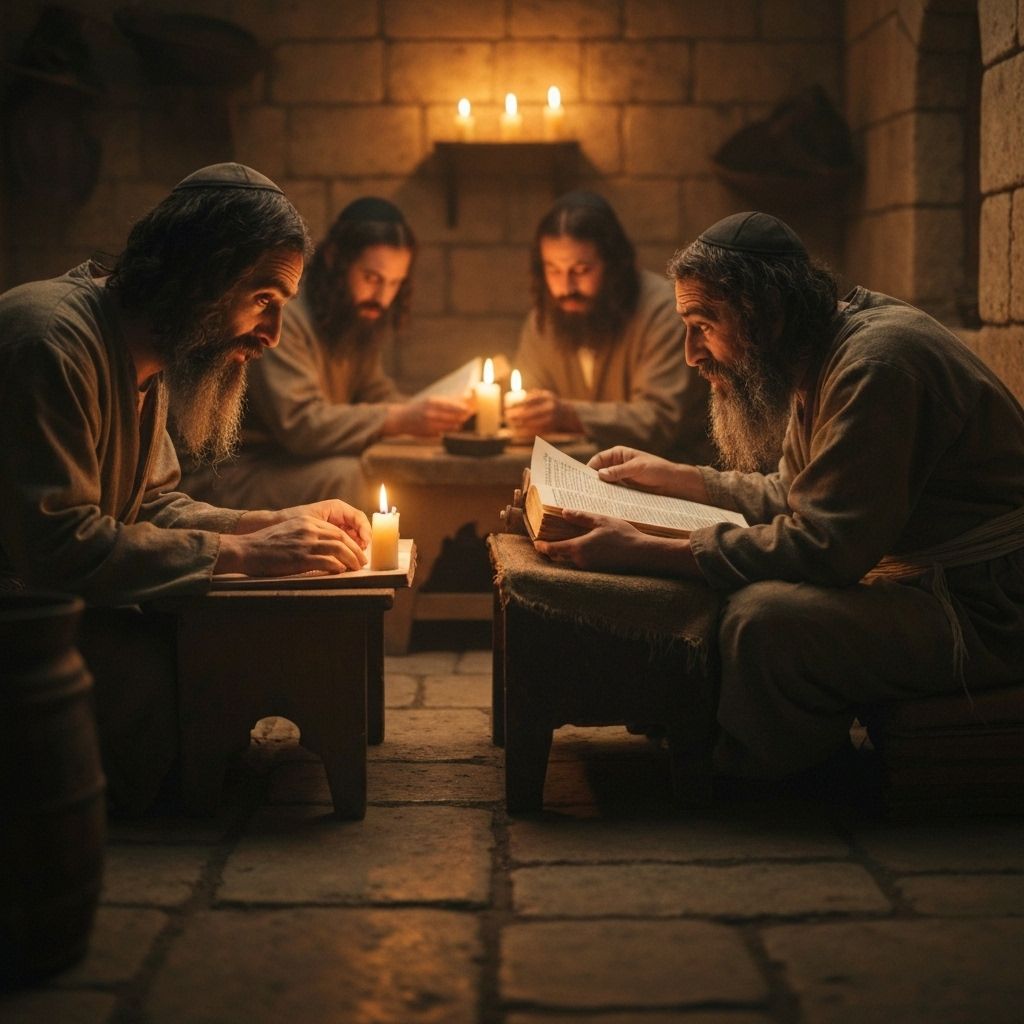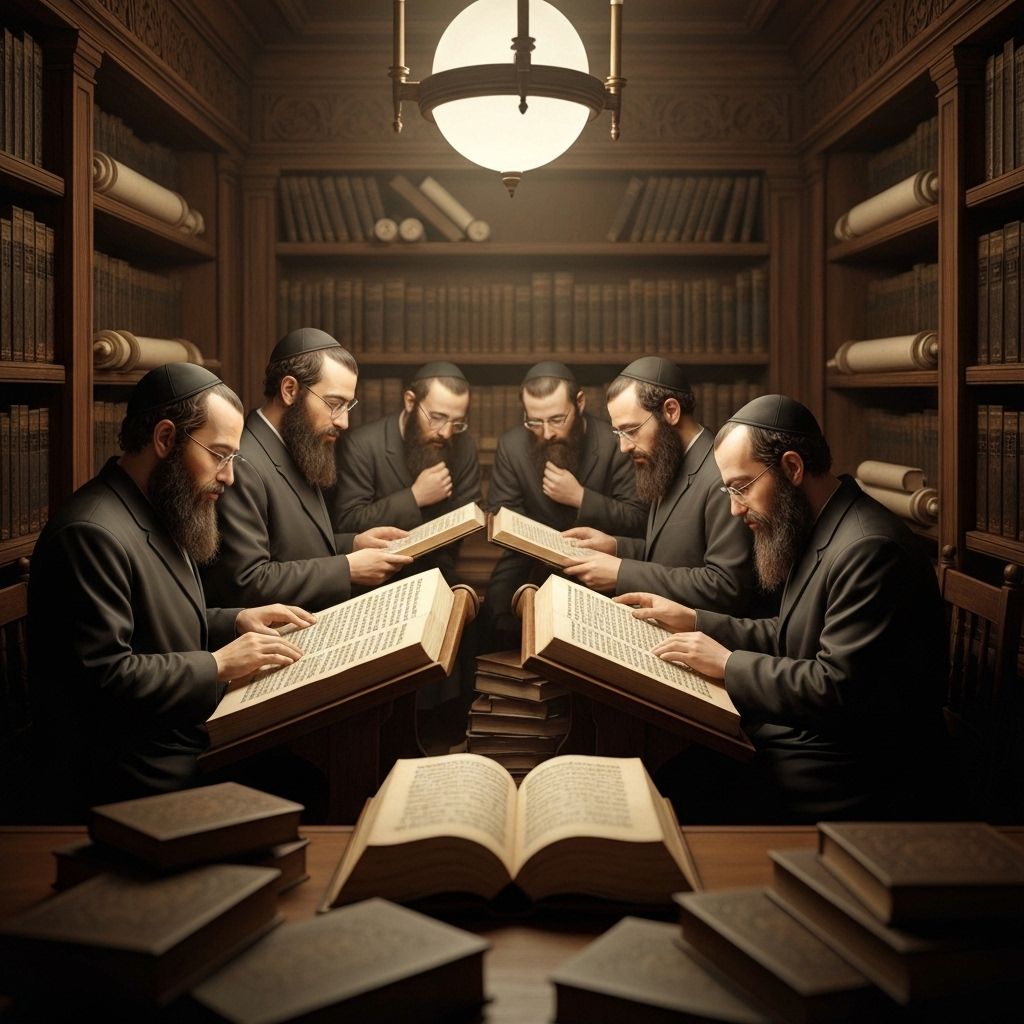3-Minute Summary
The Words of the Torah Explained with Help from Rashi and Ramban
Rashi (1040-1105) was a medieval French rabbi whose commentary on the Torah and Talmud is considered essential reading. His explanations focus on the plain meaning of the text and are known for their clarity and accessibility.
Ramban (1194-1270) was a Spanish rabbi, physician, and philosopher who provided deeper mystical and philosophical insights into the Torah, often building upon Rashi's work while adding his own profound interpretations.
The parsha opens with Joseph still languishing in prison, forgotten by the cupbearer who had promised to remember him. This period of waiting and obscurity represents a crucial phase in Joseph's spiritual development—he had to learn patience, deepen his faith, and refine his character before being ready for the enormous responsibility that awaited him.
Pharaoh's dreams are strikingly vivid and disturbing: seven fat, healthy cows consumed by seven thin, sickly cows, and seven full ears of grain devoured by seven thin, withered ears. These dreams trouble Pharaoh deeply because they seem to predict disaster and destruction, challenging his sense of security and control over his kingdom.
When the cupbearer finally remembers Joseph and recommends him to Pharaoh, Joseph's response reveals his spiritual maturity: 'It is not in me; Hashem will give Pharaoh an answer of peace.' This statement shows that Joseph had learned to attribute his abilities to divine source rather than taking credit for himself, a crucial lesson for anyone in a position of influence or leadership.
Joseph's interpretation goes beyond simply explaining the dreams—he offers a comprehensive plan for managing the coming crisis. His advice to appoint a wise administrator and store grain during the years of plenty demonstrates both practical wisdom and visionary leadership. He doesn't just predict the future; he provides a roadmap for surviving it.
Pharaoh's recognition of Joseph's divine wisdom leads to Joseph's extraordinary promotion from prisoner to second-in-command of Egypt. The ceremony of investiture—placing Pharaoh's signet ring on Joseph's hand, dressing him in fine linen, and putting a gold chain around his neck—represents the complete transformation of Joseph's circumstances through divine providence.
Joseph's new name, Zaphenath-Paneah, meaning 'revealer of secrets' or 'savior of the world,' reflects his new role and mission. His marriage to Asenath, daughter of Potiphera, priest of On, represents his integration into Egyptian society while maintaining his spiritual identity and values.
The seven years of plenty pass quickly, and Joseph's systematic storage of grain throughout Egypt proves his wisdom and foresight. When the famine begins, it affects not only Egypt but the entire region, making Egypt the center of hope and sustenance for surrounding nations.
The arrival of Joseph's brothers to buy grain marks the beginning of their reconciliation story. They don't recognize him—he was a teenager when they last saw him, and now he's a grown man in Egyptian clothing and appearance. But Joseph recognizes them immediately, and his heart must have been filled with conflicting emotions: love, pain, anger, and hope.
Joseph's treatment of his brothers appears harsh—he accuses them of being spies, demands they bring Benjamin, and keeps Simeon as a hostage. But this strategy serves multiple purposes: it tests their character, ensures Benjamin's safety, and creates the conditions for a genuine reconciliation based on changed hearts rather than simply changed circumstances.
The brothers' discussion among themselves in Hebrew, not realizing Joseph understands them, reveals their guilt and remorse over their treatment of Joseph. Their statement that they are being punished for their brother's blood shows that their consciences have been awakened, suggesting they have grown spiritually since their crime.
Jacob's reluctance to send Benjamin reflects both his deep love for his youngest son and his lingering trauma from losing Joseph. His statement that 'if harm should befall him, you would bring down my gray hairs with sorrow to Sheol' shows how grief and fear can paralyze us and prevent us from taking necessary risks for growth and healing.
The parsha concludes with the brothers returning to Canaan with grain and the news that they must bring Benjamin to prove their innocence. This sets the stage for the dramatic revelation and reconciliation that will unfold in the next parsha, as Joseph's plan for testing and ultimately healing his family begins to unfold.

